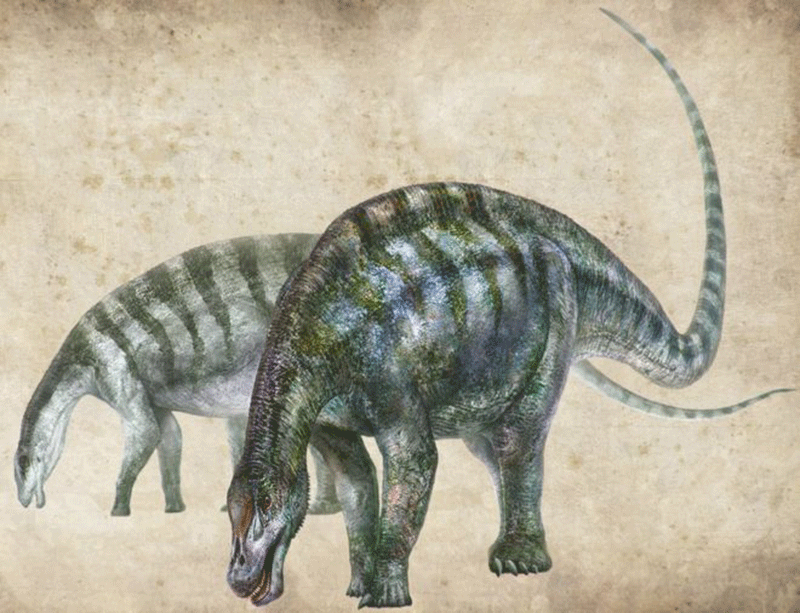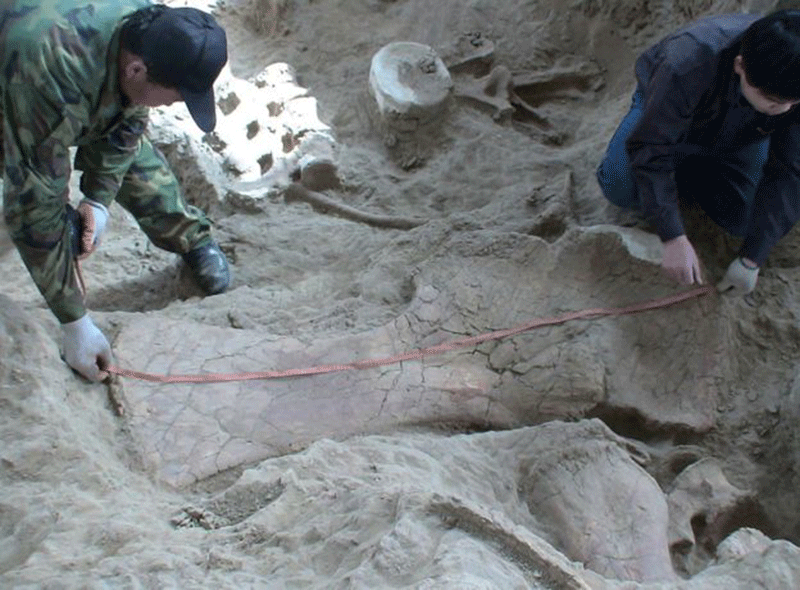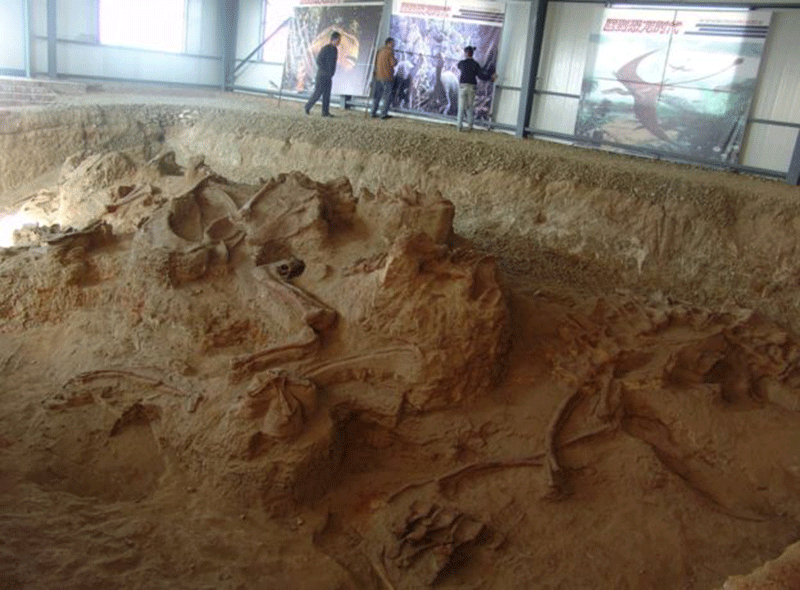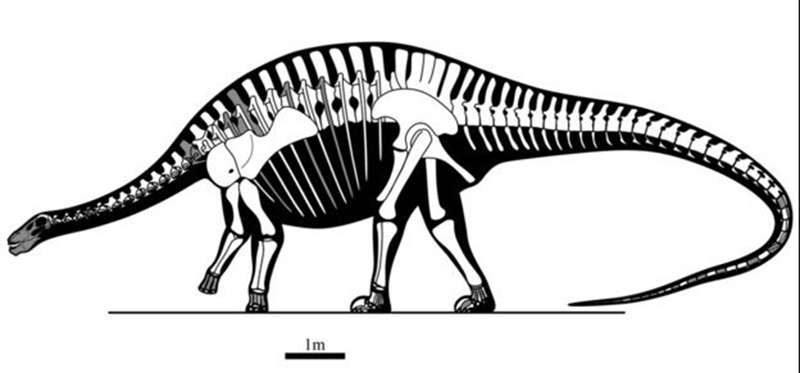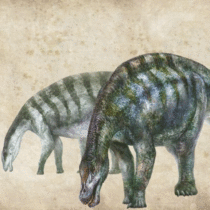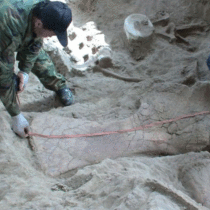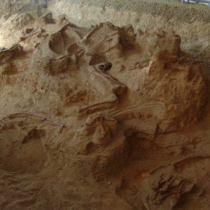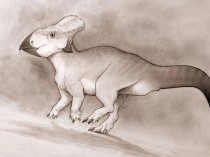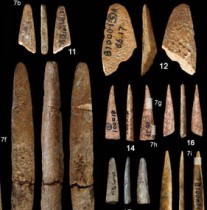Archaeologists have discovered fossils of dinosaurs that might be altering our view of China’s geological history. A team of archaeologists from around the world has unearthed the fossils of 8-10 individual dinosaurs during excavations since 2005. The project is led by the Chinese Academy of Sciences’ Xing Xu. Now a new study provides new insight gained from evidence the excavations have yielded.
Lingwulong Shenqi, the giant dinosaurs of the sauropods family , lived in the northern China approximately 174 million years ago. So far dinosaurs from the neosauropods family older than 160 million years had not been found in places other than North America, Europe and eastern Africa.
Scientists believe that East Asia was then split from supercontinent Pangaea. But the existence of LIngwulong in the area 15 million years earlier than any other dinosaur from the neosauropods group indicate that the time of the Pangaea split might have been different.
This is the first member of this group from Asia ever found, since so far scientists believed that neosauropods didn’t reach Asia during the Jurassic period. A sea was thought to have separated China from the rest of the Pangaea at the time, so animals could not cross it. The new discovery suggests that dinosaurs of the neosauropod family got into the country before the Pangaea splitting caused any natural barriers or that the barrier was not lasting.
The discovery of such an old member of the family, Lingwulong, might be an indication that this species was much more advanced in terms of evolution than was previously thought. Also, it is further evidence that dinosaurs were quite adaptive and evolved despite several mass extinctions on Earth which were caused by volcano eruptions.
The study was published in Nature Communications.
